 For most households, the biggest expense is housing. A time-tested way to reduce your housing costs is to share a place with others, but usually we think of a bigger house as the result of a bigger nuclear family. However, even young professional adults can choose to boost their savings rate by embracing shared living past the college days, and families can save big money by embracing the multigenerational households that are popular in other cultures.
For most households, the biggest expense is housing. A time-tested way to reduce your housing costs is to share a place with others, but usually we think of a bigger house as the result of a bigger nuclear family. However, even young professional adults can choose to boost their savings rate by embracing shared living past the college days, and families can save big money by embracing the multigenerational households that are popular in other cultures.
In the article The “N” Factor and Retirement Planning, Scott Burns focuses on the financial impact of having kids but also shares a interesting way to estimate how the size of a household affects how much it spends overall:
Here’s the algorithm: The cost of living for a household is the square root of the number of people in the household. So if you are single, your cost of living is the square root of 1 or… 1.
But if you are recently married, your cost of living is the square root of 2, or 1.414. Yes, two can’t live for the price of one. But they can live for only 42 percent more than the price of one. Economists call this “economies of shared living.”
The article is focused on families with children, but here I am shifting it to talking about individual adults. Therefore, I’d rather talk about it in terms of the amount you are saving through shared living as a percentage of your previous level
Theoretical savings from shared living. If you’re single and live by yourself, your total cost of housing may be $2,000 per month.
- Get one roommate, save 29%. Your cost goes down to √2/2 = 1.414/2 = 71% of living alone, or $1,420 per month.
- Get two roommates, save 42%. Your cost goes down to √3/3 = 1.73/3 = 58% of living alone, or $1,160 per month.
- Get three roommates, save 50%. Your cost goes down to √4/4 = 2/4 = 50% of living alone, or $1,000 per month.
Does this match up with actual rental prices? Using rental data from Abodo.com, I found the average rents for a one, two, and three bedroom rental in four major metro areas from around the US: Austin, San Francisco, Atlanta, and New York City. For example, if a 1-bedroom costs $1,366 in Austin and a 2-bedroom costs $1,725, that means your per-person share is $862.50, which is 63% of the cost of a 1-bedroom. This should provide a quick check for this rule, even though we are just looking at housing. It turns out to be pretty close:

According to the √N Rule, the biggest relative benefit comes when you stop living alone, at a savings of nearly 30%. This magnifies the savings ability of a dual-income couple, with possible double the income and 30% less in housing expenses.
Burns applies this to the savings that parents can feel after their kids move out of their house. As a result, retirees may be able to survive on much less than might be expected based on other rough rules of thumb.
Bottom line. Shared living is a powerful way to reduce your housing costs. As rents rise, this may result in more single adults sharing a house, or increased rates of multigenerational family living. Consider shared living as an available option to save more money and increase your financial stability, as opposed to only a last resort. Put another way, “Cooperation is a wonderful but generally overlooked substitute for money.”
[Revised and updated from original post from many years ago. I’m cleaning up my archives and updating selected articles.]
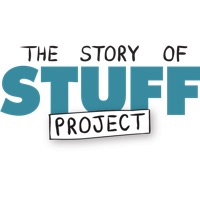

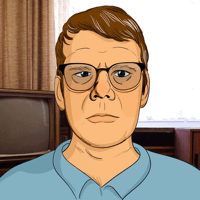
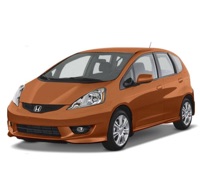 Many of us are driving less these days. Nearly all of the major auto insurers are providing some sort of refund – this
Many of us are driving less these days. Nearly all of the major auto insurers are providing some sort of refund – this 
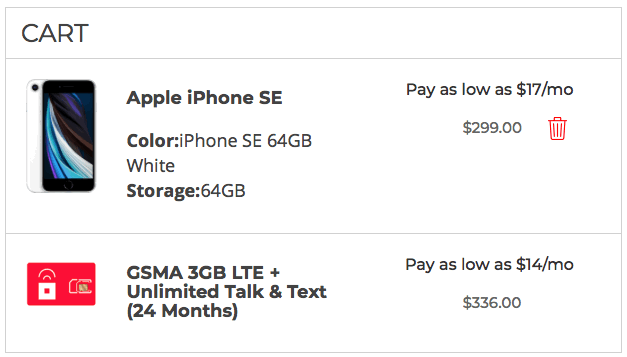
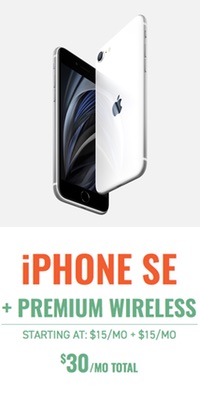
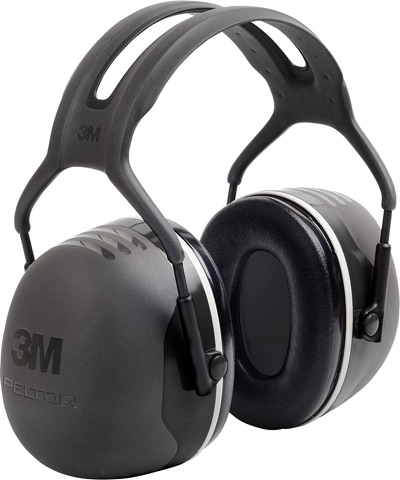
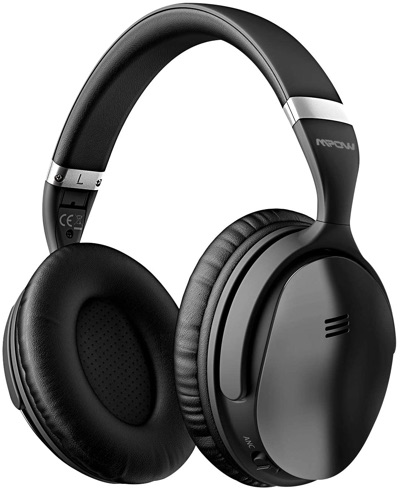
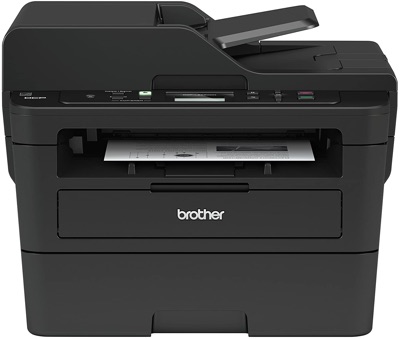
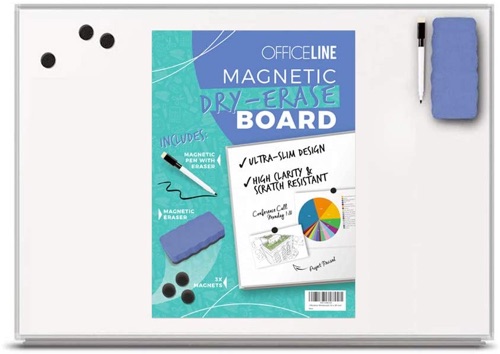

 If you are living paycheck-to-paycheck, by definition you aren’t saving and buying any assets. The folks who do have assets, those assets keep growing and compounding away. Left alone, that gap just widens relentlessly. Meanwhile, building up assets from nothing can feel agonizingly slow in the beginning.
If you are living paycheck-to-paycheck, by definition you aren’t saving and buying any assets. The folks who do have assets, those assets keep growing and compounding away. Left alone, that gap just widens relentlessly. Meanwhile, building up assets from nothing can feel agonizingly slow in the beginning.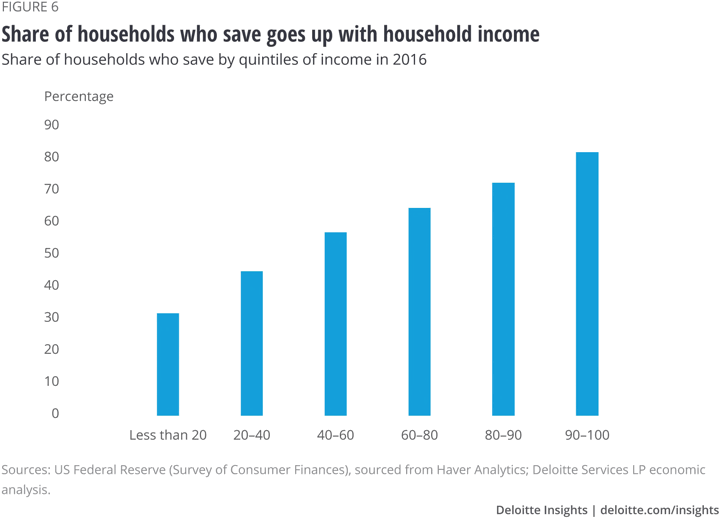

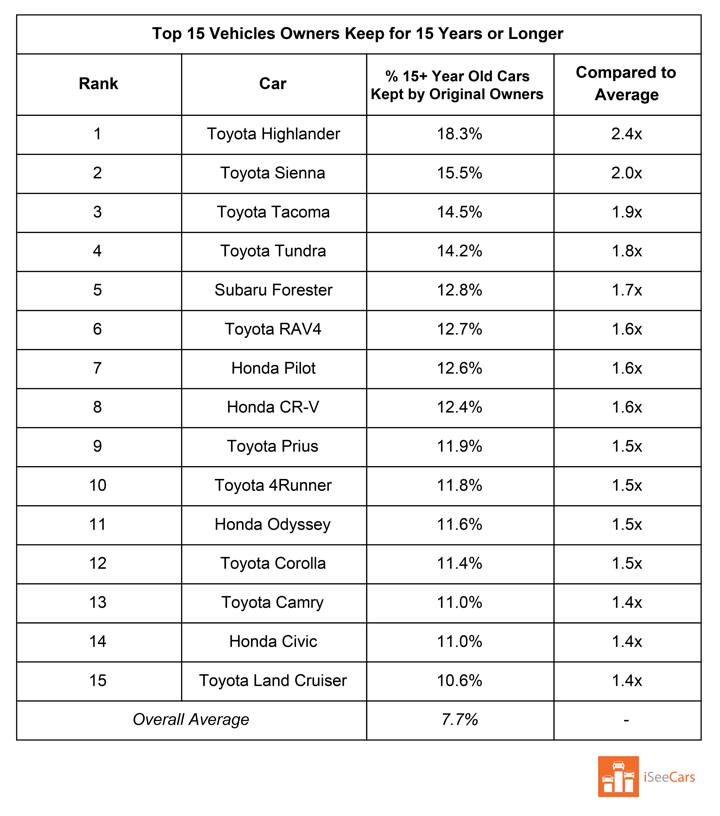
 The Best Credit Card Bonus Offers – 2025
The Best Credit Card Bonus Offers – 2025 Big List of Free Stocks from Brokerage Apps
Big List of Free Stocks from Brokerage Apps Best Interest Rates on Cash - 2025
Best Interest Rates on Cash - 2025 Free Credit Scores x 3 + Free Credit Monitoring
Free Credit Scores x 3 + Free Credit Monitoring Best No Fee 0% APR Balance Transfer Offers
Best No Fee 0% APR Balance Transfer Offers Little-Known Cellular Data Plans That Can Save Big Money
Little-Known Cellular Data Plans That Can Save Big Money How To Haggle Your Cable or Direct TV Bill
How To Haggle Your Cable or Direct TV Bill Big List of Free Consumer Data Reports (Credit, Rent, Work)
Big List of Free Consumer Data Reports (Credit, Rent, Work)